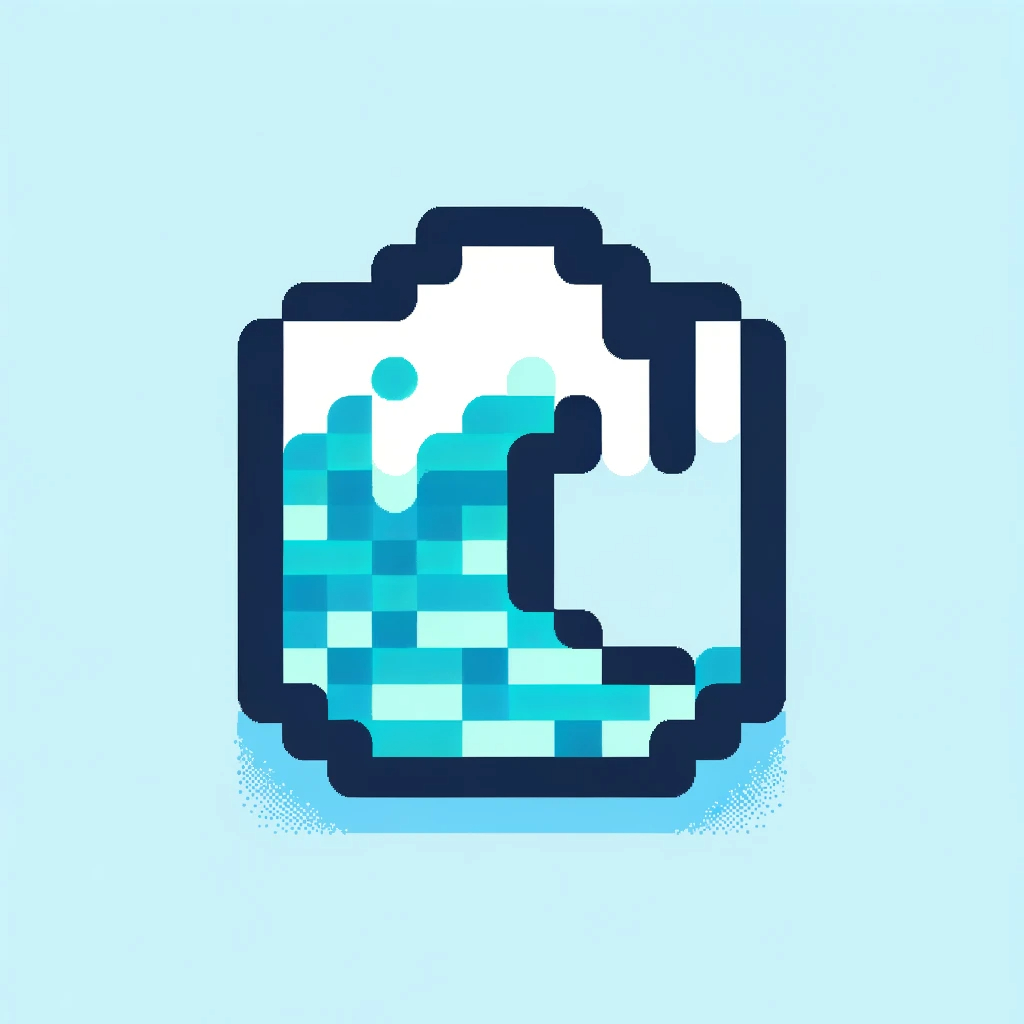170 reads
A Deep Discussion On Our Study Looking at Near-Inertial Waves and Mesoscale Eddies: Diving In
by
May 24th, 2024
Audio Presented by

From the abyssal plain to zooplankton, we cover the best academic & internet content ever about the study of the ocean.
About Author
From the abyssal plain to zooplankton, we cover the best academic & internet content ever about the study of the ocean.